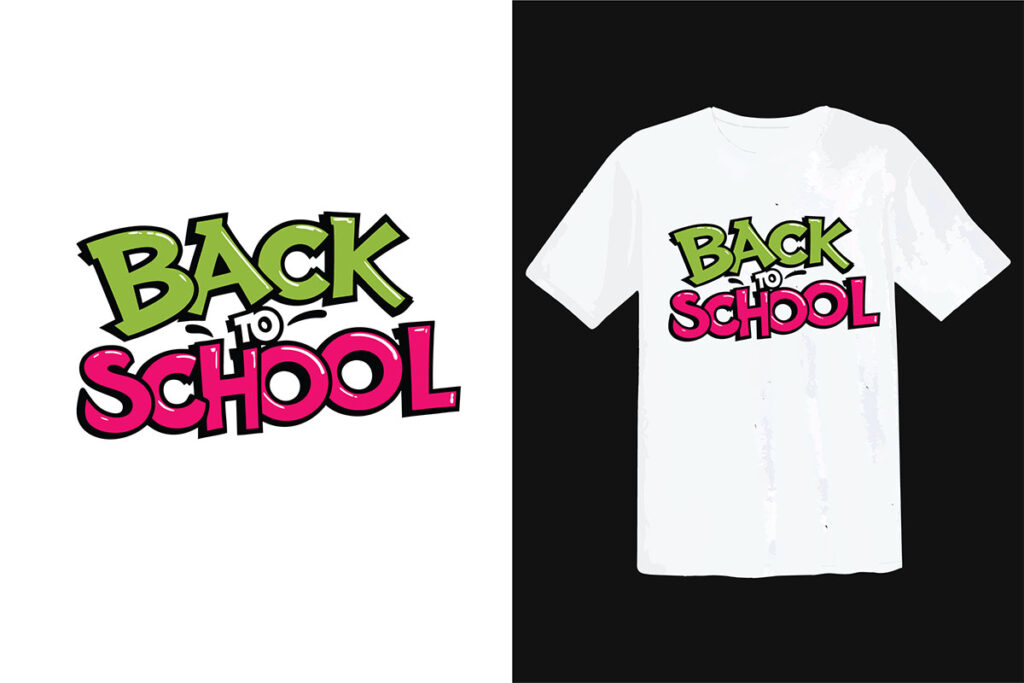Tips for Applying School Transfers to Uniforms
Customizing school uniforms with School Transfers is an excellent way to add a personalized touch, boost school spirit, or even make uniforms more identifiable. Whether you’re working with sports uniforms, school jackets, or daily wear, using School Transfers allows you to create a unique look that stands out while staying within school guidelines. However, to ensure a flawless application and long-lasting design, there are some key tips you need to follow. This blog will provide essential advice for applying School Transfers to uniforms in a way that looks professional and lasts through daily wear and washing.
The first step to successfully applying School Transfers is selecting the right fabric. Certain materials are more suitable for transfers than others. Fabrics like cotton, polyester, and cotton blends are ideal for applying transfers because they hold the design well and allow the transfer to adhere properly. On the other hand, materials like nylon or certain synthetic fabrics may not take the heat as well or may cause the transfer to peel prematurely.

Prepare the Fabric for the Transfer
Before applying your School Transfers, it’s crucial to prepare the fabric properly. This ensures a smooth and clean application. If you are working with new uniforms, wash and dry them first to remove any chemicals or sizing that may prevent the transfer from adhering properly. Be sure the fabric is completely dry before applying the transfer.
Iron out any wrinkles in the fabric, as this will provide a flat and even surface for the transfer. Wrinkles or folds can cause the transfer to apply unevenly, resulting in bubbles or gaps in the design.
Position the Transfer Correctly
Accurate positioning is key to achieving a professional-looking result with your School Transfers. Before applying heat, lay the uniform on a flat surface and use a ruler or tape measure to ensure the transfer is centered and aligned properly. Take your time with this step, as misalignment will be difficult to fix once the transfer is applied.
If you’re working with a larger transfer or one with multiple parts, you may want to tape down the edges with heat-resistant tape to keep everything in place while you press the transfer. This will help prevent any shifting during the heat application process.
Use the Correct Heat Settings
One of the most critical aspects of applying School Transfers is using the correct heat settings. Different fabrics require different temperatures, and using too much or too little heat can result in an incomplete transfer or damage to the fabric. Generally, for cotton and polyester fabrics, the heat press or iron should be set between 300°F to 350°F.
If you’re using a household iron, ensure the steam function is turned off, as moisture can interfere with the transfer process. Apply even pressure to the transfer, ensuring that the heat is distributed uniformly across the entire design. Heat should be applied for about 10-15 seconds, but always refer to the instructions that come with your specific transfer to ensure you’re applying the right amount of heat and time.
Peel the Transfer Paper Carefully
After the heat has been applied, the next step is to peel off the transfer paper carefully. Some School Transfers are “hot peel,” which means you can peel the backing away while the transfer is still warm. Others are “cold peel,” which means you need to wait until the transfer has cooled completely before removing the backing.
If you’re unsure, always check the manufacturer’s instructions. Peeling the transfer too early or too late can cause the design to lift, tear, or stretch. Always peel slowly and at a consistent angle to ensure the design stays intact and smooth on the fabric.

Post-Application Care for School Transfers
Once you’ve successfully applied your School Transfers, it’s important to care for the uniform properly to ensure the design lasts as long as possible. After the first application, wait at least 24 hours before washing the garment to allow the transfer to fully adhere to the fabric.
When washing, turn the garment inside out to protect the design. Use cold water and avoid bleach or harsh chemicals, as these can cause the transfer to fade or peel. Air-drying is the best option to extend the life of the transfer, but if you need to use a dryer, make sure it’s on a low heat setting.
Conclusion
Customizing school uniforms with School Transfers is a fun and easy way to add personality, school pride, or organization to everyday attire. By selecting the right fabric, preparing the surface properly, using correct heat settings, and caring for the finished product, you can ensure that your transfers are applied perfectly and last through the rigors of daily wear and washing. Following these steps will help you create vibrant and durable designs that look professional and bring a unique touch to school uniforms.
FAQ
- What are School Transfers?
- School Transfers are heat-applied designs used to customize uniforms, bags, and other school gear with logos, names, or other personalized elements.
- What fabrics work best with School Transfers?
- Cotton, polyester, and cotton blends are ideal fabrics for applying School Transfers, as they hold the designs well and withstand heat application.
- How do I position a School Transfer on a uniform?
- Lay the uniform on a flat surface and use a ruler or tape measure to ensure the transfer is centered and aligned. Heat-resistant tape can help keep the transfer in place.
- What heat settings should I use for applying School Transfers?
- For most School Transfers, use a heat press or iron set to 300°F to 350°F. Ensure the steam function is off and apply even pressure for about 10-15 seconds.
- Can I wash uniforms with School Transfers right after applying them?
- It’s best to wait 24 hours before washing uniforms with School Transfers to ensure the design adheres properly. Wash them inside out in cold water.
- How do I care for uniforms with School Transfers?
- Turn the garment inside out before washing, use cold water, and avoid bleach. Air-drying is recommended, but if using a dryer, select a low heat setting.
- What should I do if part of the transfer didn’t adhere properly?
- Reapply heat to the area where the transfer didn’t stick, ensuring you use even pressure across the entire design.
- Are School Transfers permanent?
- Yes, School Transfers are designed to be durable and long-lasting when applied correctly and cared for properly.
- Can I use School Transfers on non-fabric items?
- Yes, School Transfers can be applied to a variety of items like tote bags or even notebooks, as long as the surface can withstand heat application.
- Are School Transfers suitable for seasonal uniforms or event-specific designs?
- Yes, School Transfers are perfect for creating custom designs for seasonal uniforms, event gear, or special school celebrations.




